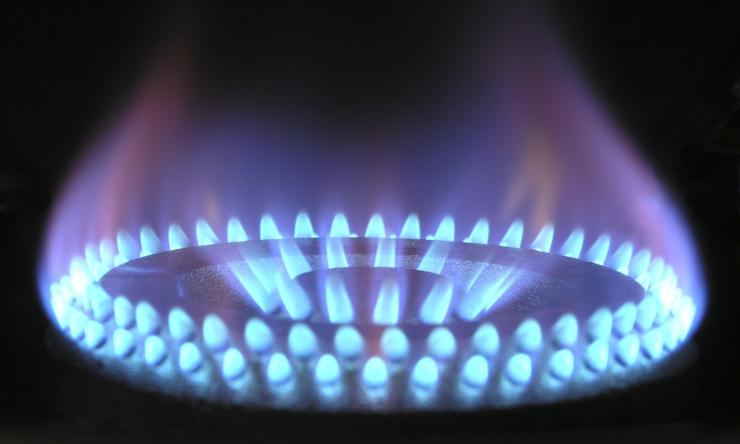Carbon monoxide poisoning prevention tips during cold weather
With below-freezing temperatures, Houstonians are doing their best to find ways to keep warm, but certain appliances in and around our homes used to do so can be deadly. Poisoning by carbon monoxide, an odorless, scentless and colorless gas emitted from these items, is more frequent during this time of year. Dr. Sara Andrabi, assistant professor in the Henry J.N. Taub Department of Emergency Medicine, shares the symptoms of carbon monoxide poisoning and how you can prevent it.
“Annually, about 50,000 people in the United States get carbon monoxide poisoning, and most are due to non-fire related smoke inhalation,” Andrabi said. “People will use items like the kitchen stove, a wood stove, generators, gas or charcoal grills and furnaces for heat in the winter, but the fumes from these can cause carbon monoxide to build up. Make sure you have a carbon monoxide detector in your home and ensure that it works.”
To safely warm yourself during this time and prevent carbon monoxide poisoning, Andrabi suggests options such as layering with extra blankets or coats and using sleeping bags. If you have an electric blanket, make sure it is in working order before you use it and that there are no signs of frayed cables.
Symptoms of carbon monoxide poisoning include:
- Headache
- Dizziness
- Weakness
- Upset stomach or vomiting
- Confusion
- Loss of consciousness
If you believe you are experiencing carbon monoxide poisoning symptoms, seek medical treatment immediately or contact the Poison Center at 1-800-222-1222.
“Be careful. Carbon monoxide does not discriminate; everyone, including your pets, is at risk,” she said. “If you don’t have a safe heat source or the heat is not working in your home, there are warming centers around Houston.”










